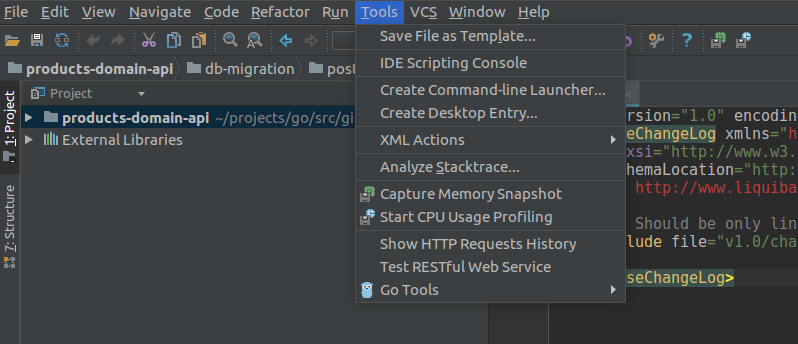
The first three above can be used to generate test skeletons for the functions in the current package, file, or at the cursor using gotests. There are many test-related commands that you can explore by typing Go: test in the Command Palette. You can change this using your JSON setting files. You can disable this behavior by setting editor.formatOnSave to false for the language identifier. You can format your Go file using ⇧⌥F (Windows Shift+Alt+F, Linux Ctrl+Shift+I) or by running the Format Document command from the Command Palette or the context menu in the editor.īy default, formatting is run when you save your Go file. You can configure the extension to run tests and compute test coverage using:

You can add additional lint checks using the go.lintOnSave setting and configuring your choice of linting tool ( staticcheck, golangci-lint, or revive) using the go.lintTool setting. These diagnostics also show up in the Problems panel ( View > Problems). The errors and warnings from running any/all of the above will be shown red/green squiggly lines in the editor. The Go language server ( gopls) detects build and vet errors found on the workspace. You can also navigate back and forth between a Go file and its test implementation using the Go: Toggle Test File command.
#Vscode vs goland code

You can configure the behavior of gopls using the gopls settings. IntelliSense features are provided by the Go language server, gopls, maintained by the Go team.

See the extension's documentation for the full, up-to-date list of supported features. This article describes only a subset of the features the Go extension provides.
#Vscode vs goland how to
Watch "Getting started with VS Code Go" for an explanation of how to build your first Go application using VS Code Go.
#Vscode vs goland install
You can install the Go extension from the VS Code Marketplace. Using the Go extension for Visual Studio Code, you get features like IntelliSense, code navigation, symbol search, testing, debugging, and many more that will help you in Go development. Configure IntelliSense for cross-compiling.


 0 kommentar(er)
0 kommentar(er)
